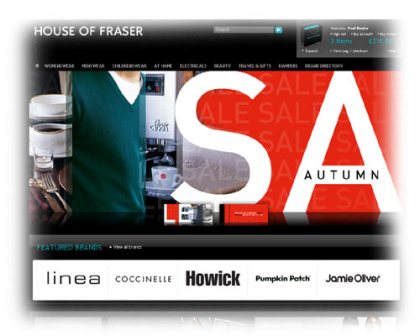Upgrade story: Mac OS X Leopard
So, this was the advice I gave myself about upgrading to Mac OSX 10.5 “Leopard”:
* don’t rush – wait for the war stories
* don’t rush – do some major backups
* don’t rush – do some serious housekeeping
* don’t rush – check you’ve got the serial numbers and details of all applications ESPECIALLY those little plugins that you forget about until they’re not there.
Anyway – I lasted less than 24 hours.
I had a rather horrible experience with the user accounts being disabled after log in. Ouch. I’d log in, all would be as normal, except that the Keychain (where passwords etc are stored) was corrupted. Worse, after 3 attempts to open Keychain it kindly told me that I was locked out. No problem, thought I, I’ll do something else and get back to this. Unfortunately the user account then disappeared!
There was no mention of the account on the log-in screen and even when I fired up terminal and tried to ‘su’ to the user the password wasn’t accepted.
Panic was alleviated by my being able to see all of the user accounts on the drive so I knew that the data was intact (and because I had root access and the system disks as a boot option I knew I’d be able to recover everything).
Interestingly I had a realisation about backups. Even though I had a full backup of everything (read/write) and a disk image (‘ghost) I could use to fully restore the machine, the very thought of losing 24 hours of restoring time was just exhausting. I therefore chose to continue my efforts at recovery.
There’s about 250Gb of data and stuff on the G5 and if I can’t be bothered to restore then goodness help me when there’s a couple of terabytes there!
My insight from this is to fully separate the OS and vital applications from data. As of today the data is kept on an external drive and both the data and the OS on the desktop are backed up to a second external NAS drive. I sorta knew this would be better but it took a prod like this to make it happen.
I tried to rectify the log-in problems every which way. Googling gave me myriad answers and I did the basics: restart from the CD, reinstall the OS, repair privileges, recover the keychains from backup, recreate the keychains, run the keychain repair, install the keychain patch… All to no avail.
Finally, I found this most excellent support document: “Unable to log in to an account after an upgrade install”. Interestingly, this support document was created 2 days before Leopard was released to the public… Would have been nice to have been told!
Anyway, starting in ‘single user mode’ (a unix-like startup) and doing some stuff as root fixed everything. Huzzah!
Armed with this knowledge I upgraded the laptop last night and, well, it took 45 mins and worked like a dream. Mac-like, indeed. I left it overnight to index my mail and 100Gb of HD contents and this morning it was zippy and lovely.
The interface is slick, perceptibly rapid and all of my plugins and apps work fine – apart from (sob) MailTags. The Apple “Discoverers” are truly awesome and astoundingly accurate but my workflow really needs the MailTags approach to which I’m now habituated. I hadn’t realised its utter non-workingness. Pity – and roll on the upgrade due at the end of the year. Note how, in my new well-behavedness, I’m not going to install the beta version… 😉
So – what have I learned from this?
1) Backups are vital, but it needs to be a real catastrophe to make me do a full restore. The time taken and effort required are simply too onerous for a ‘minor disaster’. I need to improve my backup approach
2) Separate data and OS/apps really clearly – makes a sensible backup and recovery process easier (I hope)
3) take care to synchronise settings (keychains, preferences, licence keys etc) – this is what makes your computer “yours” and you’ll be kicking yourself for months without these…
The final lesson is the most serious one, however. Don’t mess with “production” machines! Bit by bit ‘my’ collection of Macs is no longer mine. Vicky really relies on the G5 for her design work and having me “upgrade” the computer where the improvement is, erm, being locked out and losing a day’s work is not acceptable. I’ve now taken myself off _her_ machine and will get it ready for full production support.
Of course, this means that I now need a dev/test machine… 😉



